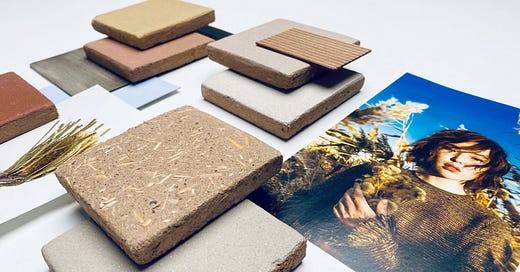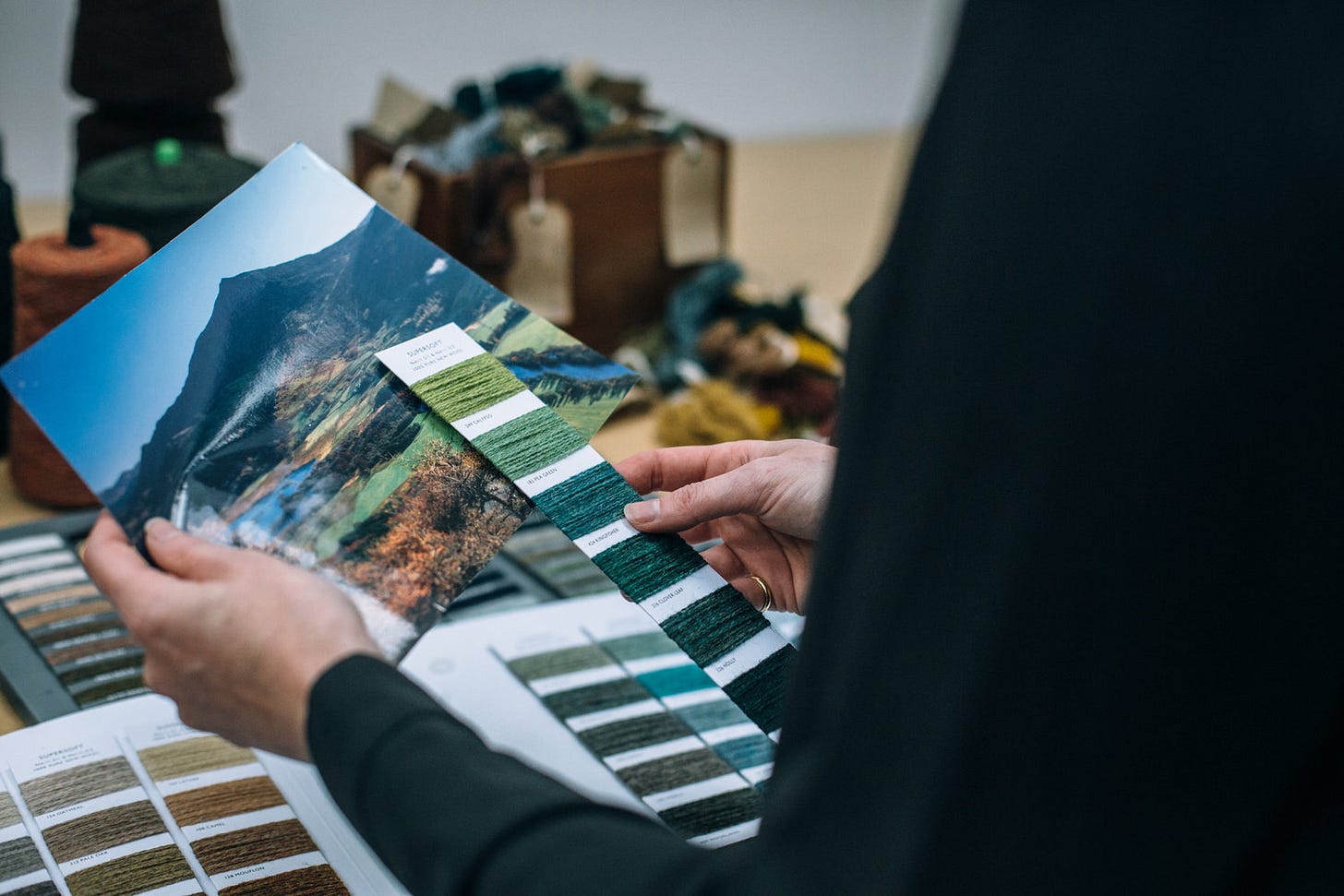How To: create a well-structured Mood Board – Part 1
Here is share about a mood board instruction class run by Eclectic Trends founder Gudy Herder
When I initially began my interior design studies, I threw myself into as many online classes and workshops I could alongside my diploma curriculum. I wanted to absorb as much creativity, inspiration, and knowledge as possible, with one of these workshops including a mood board instruction class run by Eclectic Trends founder Gudy Herder.
Gudy Herder is a trend forecaster specialising in interior design and lifestyle with colour an integral part of her work. Within Eclectic Trends, Gudy teaches mood board workshops to students and companies around the world, where you can learn how to craft compelling boards that communicate your ideas effectively.
I completed the ‘How to create a well-structured mood board’ class, a motivating and clear-cut workshop that educates an artistic method of designing your own mood board.
HERE I SHARE SOME OF WHAT I LEARNED ON GUDY’S COURSE:
WHAT IS A MOOD BOARD?
Gudy defines a mood board as a tool to focus your ideas, bring about clarity and organise your creative process. It is a way to exhibit your vision as well as aid decision-making. Mood boards are not just a ‘pretty collage’, but in fact are a well-structured story with a firm message where nothing is left to chance.
Mood boards include a complication of colours, printed images, materials, and text. All these elements together represent the general style of a project in a sensory manner.
Visual storytelling through creative and emotional messages with your personal style
Unlike a sample board which displays final choices for an interior project, the mood board can adapt depending on the progress and evolution of your ideas. It is an ideal way of representing your thoughts at the beginning stages, where you can explore inspirations without limitations.
Mood boards can be digital or physical presentations, nevertheless in this workshop Gudy expresses a preference for a tactile, physical board as she believes it has a higher impact and authenticity. Touching materials and images allows for a sensory response that can easily be understood and well-remembered. Physical boards demonstrate creative thinking and they standout in comparison to digital ones. However, Gudy does highlight the positives of a digital board including the fact they are much quicker to produce, easily shared, low cost and simple to integrate into presentations.
A mood board is the creative tool for planning, visualisation, communication and decision making
THE COMPONENTS OF A MOOD BOARD
COLOUR – Colour is hugely impactful and can influence the entirety of your mood board and the message it conveys. Ensure you work with good quality paints and samples to allow for a professional appearance.
PRINT – Images are key, so source noteworthy visuals that fit appropriately into your story. Use resources such as magazines, Pinterest, and catalogues from your favourite brands, making sure the images are all similar sizes.
MATERIALS – These contain the central message of your board and dictate how you want your story to feel. Play with assorted prints, patterns, shapes and textures, utilising fabrics, natural elements, and materials collected such as safety pins, buttons, zippers etc.






